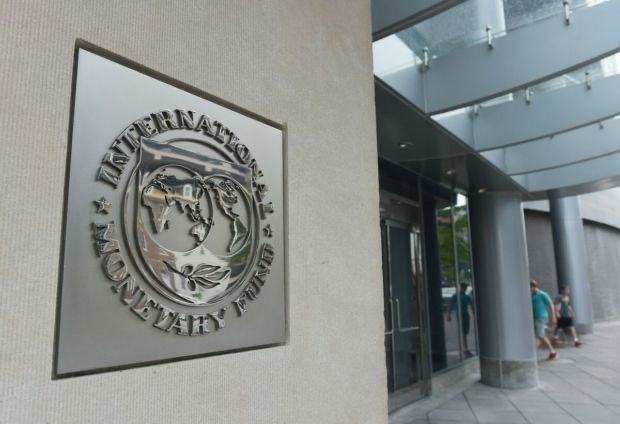
The global economy remains remarkably resilient, with growth holding steady as inflation returns to target.
According to the April 2024 World Economic Outlook (WEO) Report by the International Monetary Fund, the journey has been eventful, starting with supply-chain disruptions in the aftermath of the pandemic, a Russian-initiated war on Ukraine that triggered a global energy and food crisis, and a considerable surge in inflation, followed by a globally synchronized monetary policy tightening.
“Yet, despite many gloomy predictions, the world avoided a recession, the banking system proved largely resilient, and major emerging market economies did not suffer sudden stops. Moreover, the inflation surge—despite its severity and the associated cost-of-living crisis—did not trigger uncontrolled wage-price spiral. Instead, almost as quickly as global inflation went up, it has been coming down”, it pointed out.
On a year-over-year basis, the IMF said global growth bottomed out at the end of 2022, at 2.3%, shortly after median headline inflation peaked at 9.4%.
However, according to its latest projections, growth for 2024 and 2025 will hold steady at around 3.2%, with median headline inflation declining from 2.8% at the end of 2024 to 2.4% at the end of 2025.
“Markets reacted exuberantly to the prospect of central banks exiting from tight monetary policy. Financial conditions eased, equity valuations soared, capital flows to most emerging market economies excluding China have been buoyant, and some low-income countries and frontier economies regained market access. Even more encouraging, we now estimate that there will be less economic scarring from the pandemic—the projected drop in output relative to pre-pandemic projections—for most countries and regions, especially for emerging market economies, thanks in part to robust employment growth.
Astonishingly, the US economy has already surged past its pre-pandemic trend”, it continued.
It mentioned that economic activity was surprisingly resilient during the global disinflation of 2022–23.
Growth in employment and incomes has held steady as favorable demand and supply developments have supported major economies, despite rising central bank interest rates aimed at restoring price stability.
“As inflation converges toward target levels and central banks pivot toward policy easing, a tightening of fiscal policies aimed at curbing high government debt levels, with higher taxes and lower government spending, is expected to weigh on growth. The pace of expansion is also expected to remain low by historical standards as a result of factors including the long-term consequences of the COVID-19 pandemic, Russia’s invasion of Ukraine, weak growth in productivity, and increasing geoeconomic fragmentation”, the Fund said.
It stated that a stable but Slow Global growth, estimated at 3.2% in 2023, is projected to continue at the same pace in 2024 and 2025.
The projection for 2024 is revised up by 0.1 percentage point from the January 2024 WEO Update, and by 0.3 percentage point with respect to the October 2023 WEO forecast. Nevertheless, the projection for global growth in 2024 and 2025 is below the historical (2000–19) annual average of 3.8%, reflecting restrictive monetary policies and withdrawal of fiscal support, as well as low underlying productivity growth.
For advanced economies, growth is projected to rise from 1.6% in 2023 to 1.7% in 2024 and 1.8% in 2025. The forecast is revised upward by 0.2 percentage points for 2024 compared with the January 2024 WEO Update projections and remains the same for 2025.
In the United States, growth is projected to increase to 2.7% in 2024, before slowing to 1.9% in 2025, as gradual fiscal tightening and a softening in labour markets slow aggregate demand.
Growth in the euro area is projected to recover from its low rate of an estimated 0.4% in 2023, which reflected relatively high exposure to the war in Ukraine, to 0.8% in 2024 and 1.5% in 2025.
In sub-Saharan Africa, growth is projected to rise from an estimated 3.4% in 2023 to 3.8% in 2024 and 4.0% in 2025, as the negative effects of earlier weather shocks subside and supply issues gradually improve.
The forecast is unchanged for 2024 from the January 2024 WEO Update, as a downward revision to Angola owing to a contraction in the oil sector is broadly offset by an upward revision to Nigeria.







